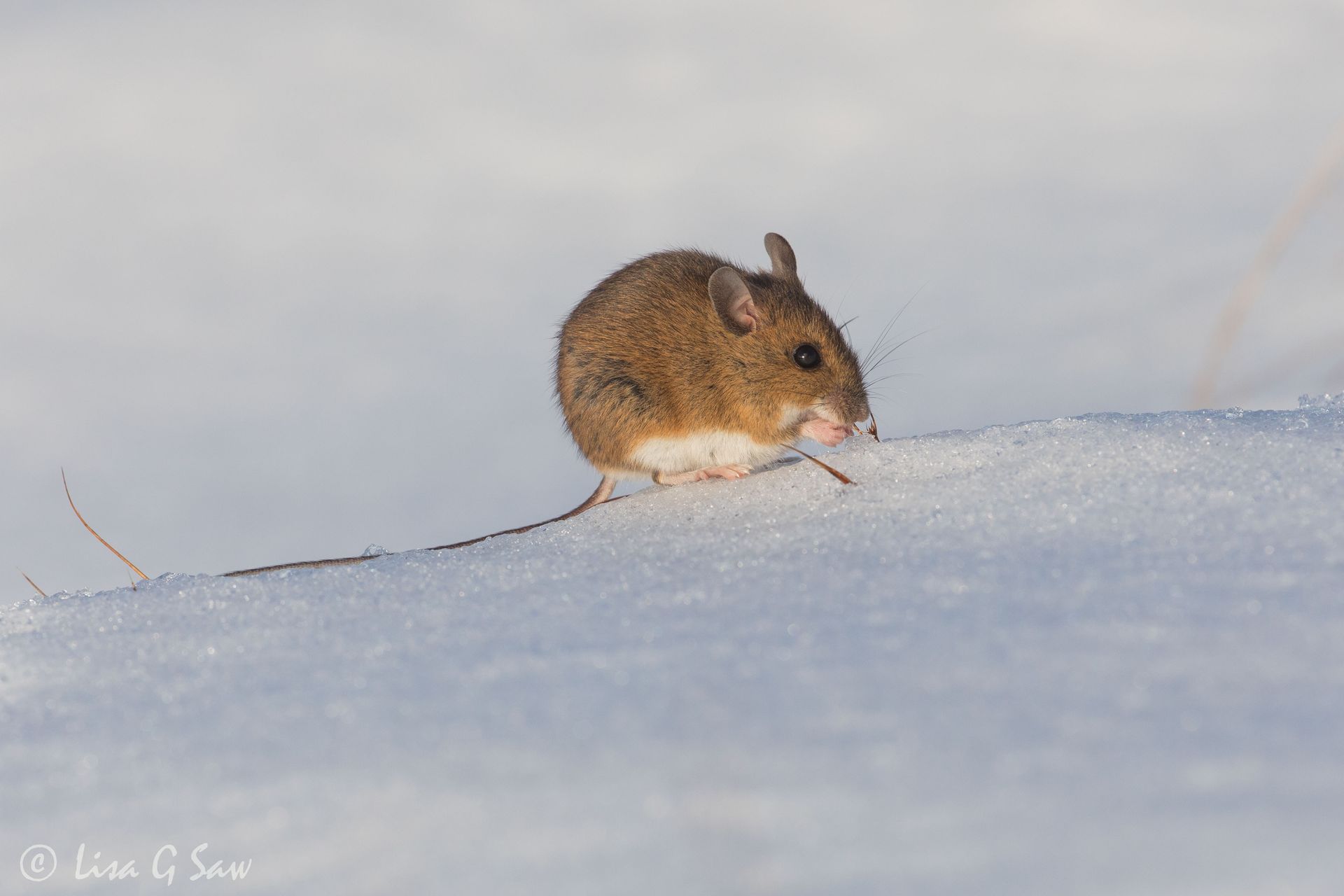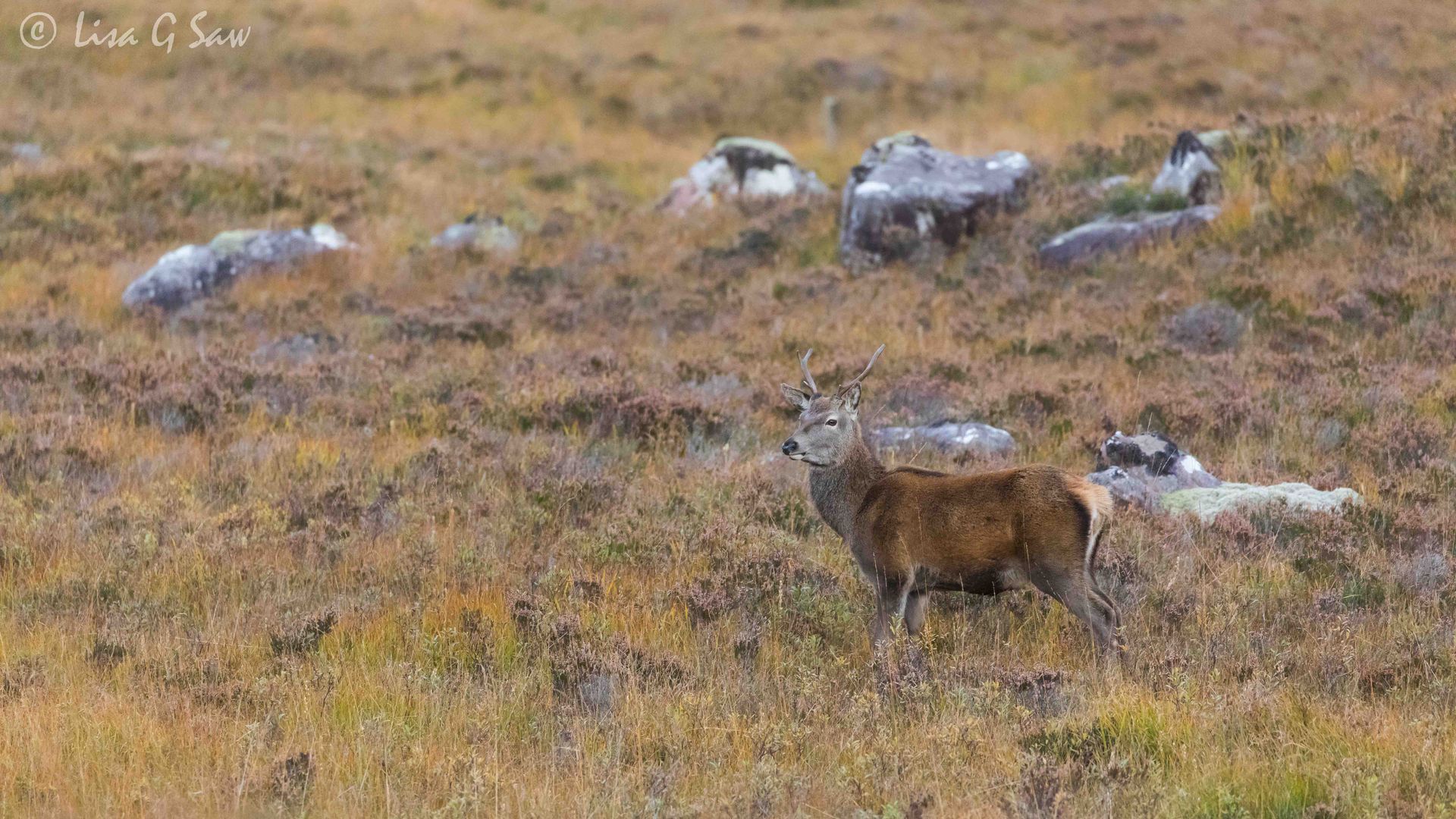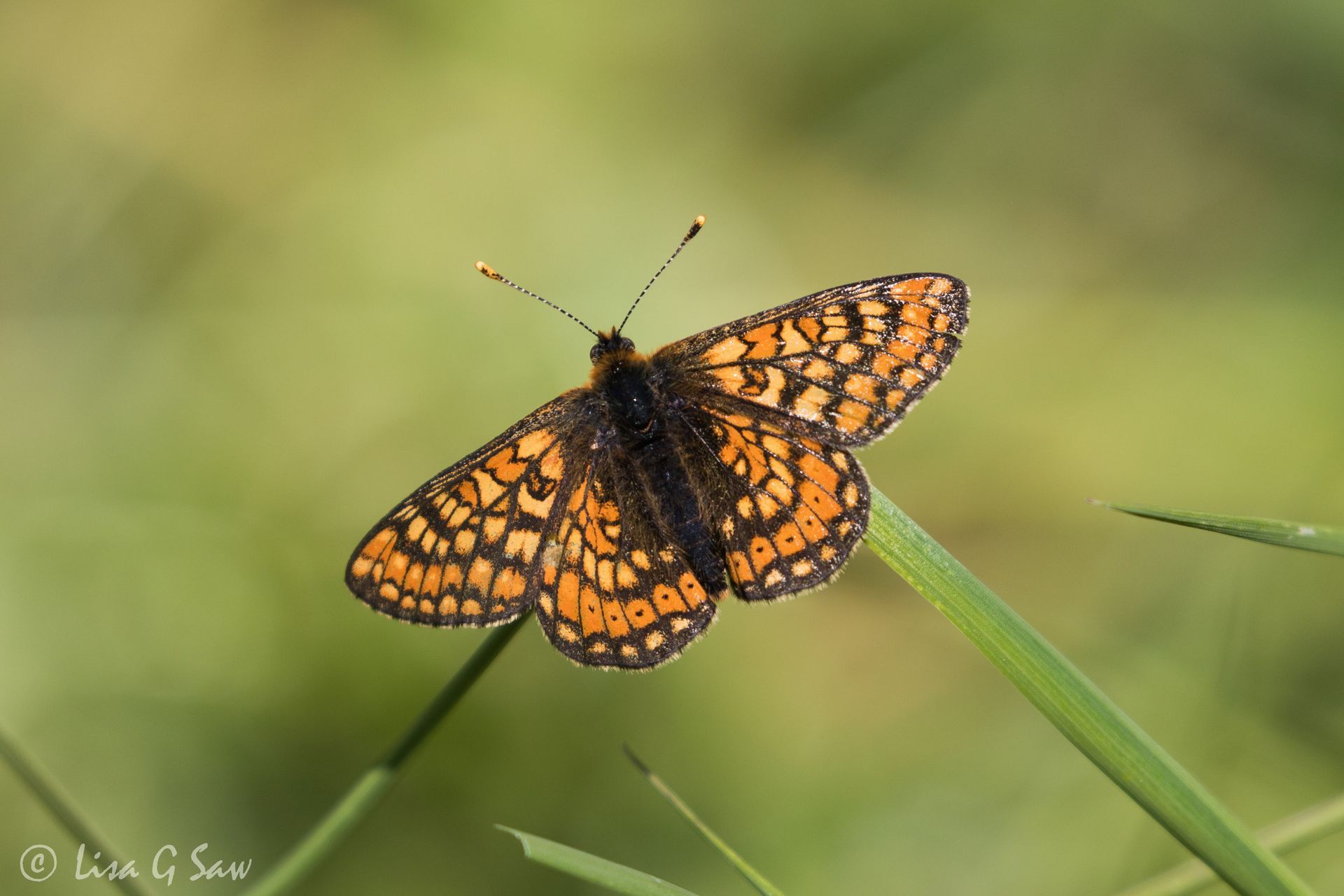Photographing Bluebells
A Wander Through The Woods
21st April 2022
One of the many joys of spring is seeing swathes of bluebells carpet ancient woodlands. The sweet aroma of the Common Bluebell can be quite intoxicating after a while of wandering through the woods. Only this species (Hyacinthoides non-scripta) is native to the British Isles. The tubular bells are a lovely deep blue colour with cream coloured pollen. I love the way the tips curl back on the delicate bells. They’re also easy to spot at a glance, because the stem droops over and the flowers are on one side. If you look a bit more closely you’ll also notice the leaves are fairly narrow, 0.7-1.6cm wide. It's worth knowing what the two other species of bluebells look like so you can distinguish between them.
Spanish Bluebells (Hyacinthoides hispanica) are the species that you might see in gardens across the UK. The stem is more upright and covered all around with larger lighter coloured bluebells. The flowers are more conical shaped with tips that spread outwards and the pollen is blue inside. The leaves are also noticeably wider (2-4cm). They either have no scent or an unpleasant onion scent.
Unfortunately, they've hybridised with the native ones and its these hybrids (Hyacinthoides x massartiana) that are so invasive and are threatening the Common Bluebell and actually now more common than the Spanish Bluebells. The flower spike is either nodding or partially nodding with some flowers on all sides. The shape of the individual bells is likely to be a cross between the other two species and the pollen can be varied in colour (blue, green, cream). The leaves are between 1-3cm wide. In the photo shown, they look like the hybrid species. Even the colour of the bells is not uniform and one colour.
One of the many joys of spring is seeing swathes of bluebells carpet ancient woodlands. The sweet aroma of the Common Bluebell can be quite intoxicating after a while of wandering through the woods. Only this species (Hyacinthoides non-scripta) is native to the British Isles. The tubular bells are a lovely deep blue colour with cream coloured pollen. I love the way the tips curl back on the delicate bells. They’re also easy to spot at a glance, because the stem droops over and the flowers are on one side. If you look a bit more closely you’ll also notice the leaves are fairly narrow, 0.7-1.6cm wide. It's worth knowing what the two other species of bluebells look like so you can distinguish between them.
Spanish Bluebells (Hyacinthoides hispanica) are the species that you might see in gardens across the UK. The stem is more upright and covered all around with larger lighter coloured bluebells. The flowers are more conical shaped with tips that spread outwards and the pollen is blue inside. The leaves are also noticeably wider (2-4cm). They either have no scent or an unpleasant onion scent.
Unfortunately, they've hybridised with the native ones and its these hybrids (Hyacinthoides x massartiana) that are so invasive and are threatening the Common Bluebell and actually now more common than the Spanish Bluebells. The flower spike is either nodding or partially nodding with flowers on all sides. The shape of the individual bells is likely to be a cross between the other two species and the pollen can be varied in colour (blue, green, cream). The leaves are between 1-3cm wide. In the photo shown, the bluebells look like the hybrid species. Even the colour of the bells look two tone.
I recently discovered that half the world’s bluebells are found in the UK – they’re relatively rare in the rest of the world. In fact, Common Bluebells are protected in the UK under the Wildlife and Countryside Act, 1981, which means you shouldn’t pick them and digging up the plant or bulb in the countryside is prohibited. Landowners are also prohibited from removing bluebells from their land to sell. You’ll often see signs about sticking to the footpaths and this is because it can take years for bluebells to recover when the leaves are crushed under the trampling of feet.
This year I saw my first bluebells emerging on 24th March, in the woods at the end of my sister’s garden in Surrey. This seemed quite early to me, though I had to wait a month for them to be in full bloom. That's when I visited and enjoyed a lovely wander through the woods.
Getting up at 5.30am was hard! I wanted to be at my sister’s by 7am so I could enjoy the soft morning light as it penetrated through the trees. The bluebells can even look purple at that time of day. Naturally, no one else was around at that time, so I had the place to myself, aside from the birds singing away in the canopy above. Actually, I didn’t see anyone else in the wood all morning. It’s a quiet little oasis, relatively undisturbed by humans as there are no public footpaths. Only the people who live in the houses that back on to the wood can access it.
After taking my first few photos, I stopped to appreciate the sea of blue that surrounded me. I decided the best way to do justice to this wonderful sight was to create a panorama. Whilst my mobile could adequately do the job, the quality of the image isn’t as good as when I use my digital SLR. So, using my wide-angle lens, I took several photos and afterwards I stitched them together in Photoshop. I tried this technique from several different vantage points, but the first one is my favourite, with the low light and the path that leads you into the wood.
This year I saw my first bluebells emerging on 24th March, in the woods at the end of my sister’s garden in Surrey. This seemed quite early to me, though I had to wait a month for them to be in full bloom. That's when I visited and enjoyed a lovely wander through the woods.
Getting up at 5.30am was hard! I wanted to be at my sister’s by 7am so I could enjoy the soft morning light as it penetrated through the trees. The bluebells can even look purple at that time of day. Naturally, no one else was around at that time, so I had the place to myself, aside from the birds singing away in the canopy above. Actually, I didn’t see anyone else in the wood all morning. It’s a quiet little oasis, relatively undisturbed by humans as there are no public footpaths. Only the people who live in the houses that back on to the wood can access it.
After taking my first few photos, I stopped to appreciate the sea of blue that surrounded me. I decided the best way to do justice to this wonderful sight was to create a panorama. Whilst my mobile could adequately do the job, the quality of the image isn’t as good as when I use my digital SLR. So, using my wide-angle lens, I took several photos and afterwards I stitched them together in Photoshop. I tried this technique from several different vantage points, but the first one is my favourite, with the low light and the path that leads you into the wood.
It’s very easy to think the wide-angle lens is the only one you need for landscape photography, but I often find I get more varied and interesting results when I use a macro and telephoto lens as well. To be honest, it’s very difficult to be original when it comes to bluebells. So, finding ways to be more creative can be both fun and rewarding. As I told my group, on a recent guided bluebell walk, it’s all about telling a story with your photos. An image of some bluebells can be very forgettable if it’s not composed well and there’s nothing of interest drawing you in. I find it’s always worth ambling slowly, taking the time to really observe my surroundings and notice the smaller details. That’s when inspiration is likely to strike me.
It’s very easy to think the wide-angle lens is the only one you need for landscape photography, but I often find I get more varied and interesting results when I use a macro and telephoto lens as well. To be honest, it’s very difficult to be original when it comes to bluebells. So, finding ways to be more creative can be both fun and rewarding. As I told my group, on a recent guided bluebell walk, it’s all about telling a story with your photos. An image of some bluebells can be very forgettable if it’s not composed well and there’s nothing of interest drawing you in. I find it’s always worth ambling slowly, taking the time to really observe my surroundings and notice the smaller details. That’s when inspiration is likely to strike me.
I meandered along the path keeping an eye open for some white bluebells to photograph. I literally only saw a few, but just one was in the light. The first photo I took (above) was using my wide-angle lens and gives a better sense of place, but I think I prefer the other photo where I've zoomed in using my telephoto lens to draw more attention to the lone white bluebell amidst the blue. This one is simpler and, for me, has more impact.
The variation in bluebell colour (which can also be in pink) is the result of a genetic mutation. In fact, this can occur in all three species found in the UK. When you see a mass of blue and one lone white flower, it’s quite astonishing really that these mutations occur. Nature really can be surprising!
Since my first love is wildlife photography, my favourite moments are when I see the creatures that inhabit the woodland. Gradually, more of the wood was bathed in light and with it there was increased activity. I’d just noticed an old tree trunk lying on the ground and had started to photograph it when I saw the unmistakable fluttering of butterflies around it. As they were some distance away, I increased the shutter speed to 1/1600 and took a burst of photos in the hopes of capturing them in flight. I got lucky! (Look closely and you'll see four in flight!)
I managed to follow a path closer to where the butterflies were and I watched them for quite a long time. There were several Speckled Woods all close by each other. With so many in such a small space, it made me wonder if perhaps they had all come from the same female.
One minute everything was calm as each butterfly rested, opening their wings to warm up in the sun. The next, one would take to the wing and suddenly it was a mad frenzy of activity. At one point, I saw five all a flutter. Sometimes it was territorial behaviour, but other times the males were in hot pursuit of a freshly emerged female.
I meandered along the path keeping an eye open for some white bluebells to photograph. I literally only saw a few, but just one was in the light. The first photo I took (above) was using my wide-angle lens and gives a better sense of place, but I think I prefer the other photo where I've zoomed in using my telephoto lens to draw more attention to the lone white bluebell amidst the blue. For me, this one has more impact. The variation in colour (which can also be in pink) is the result of a genetic mutation. In fact, this can occur in all three species found in the UK. When you see a mass of blue and one lone white flower, it’s quite astonishing really that these mutations occur. Nature really can be surprising!
As the morning progressed, the shadows from the trees shifted, and the butterflies gradually moved too, staying in the sunlight. Soon enough they were much closer to the path and I was able to get some lovely closer views as they were flying and when they settled on the leaves.
It was such a special moment to see this story unfolding and learn from it as I watched their behaviour. It felt like a good note to end on.
Since my first love is wildlife photography, my favourite moments are when I see the creatures that inhabit the woodland. Gradually, more of the wood was bathed in light and with it there was increased activity. I’d just noticed an old tree trunk lying on the ground and had started to photograph it when I saw the unmistakable fluttering of butterflies around it. As they were some distance away, I increased the shutter speed to 1/1600 and took a burst of photos in the hopes of capturing them in flight. I got lucky! (Look closely and you'll see four in flight!)
But, as I’m learning, you should be prepared for the unexpected and keep your camera to hand if you want to capture surprising moments. As I was walking back towards my sister’s house, a fox startled me! It was crouching down really low in the grass just 2m ahead, as if trying to hide. In that split second, it sprang up onto its feet and swiftly ran away. Instinctively, I fired off a few frames, but naturally only got its backside view. The fox stopped up ahead to look back at me, but rather annoyingly was partially obscured by a tree. Since I needed to head in the same direction, I approached very slowly. It then ran off to the right through the bluebells. I figured it would turn around again, so I waited to capture that moment, only this time I could barely see it through the bluebells. It looked at me briefly and then disappeared into a dense bit of vegetation. I wasn't having much luck!
I managed to follow a path closer to where the butterflies were and I watched them for quite a long time. There were several Speckled Woods all close by each other. With so many in such a small space, it made me wonder if perhaps they had all come from the same female. One minute everything was calm as each butterfly rested, opening their wings to warm up in the sun. The next, one would take to the wing and suddenly it was a mad frenzy of activity. At one point, I saw five all a flutter. Sometimes it was territorial behaviour, but other times the males were in hot pursuit of a freshly emerged female.
As the morning progressed, the shadows from the trees shifted, and the butterflies gradually moved too, staying in the sunlight. Soon enough they were much closer to the path and I was able to get some lovely closer views as they were flying and when they settled on the leaves. It was such a special moment to see this story unfolding and learn from it as I watched their behaviour. It felt like a good note to end on.
But, as I’m learning, you should be prepared for the unexpected and keep your camera to hand if you want to capture surprising moments. As I was walking back towards my sister’s house, a fox startled me! It was crouching down really low in the grass just 2m ahead, as if trying to hide. In that split second, it sprang up onto its feet and swiftly ran away. Instinctively, I fired off a few frames, but naturally only got its backside view.
The fox stopped up ahead to look back at me, but rather annoyingly was partially obscured by a tree. Since I needed to head in the same direction, I approached very slowly. It then ran off to the right through the bluebells. I figured it would turn around again, so I waited to capture that moment, only this time I could barely see it through the bluebells. It looked at me briefly and then disappeared into a dense bit of vegetation. I wasn't having much luck!
The poor fox clearly thought I was following it, but unbeknown to it, it was now even closer to my sister’s garden and right by my only way out of the wood. There was a small clearing and it had stopped just behind a branch on the ground. I just knew it could make for a lovely photo if I didn’t startle it. Ever so slowly, I inched forward, being careful where to tread. I kept my camera up to my face and avoided any sudden movements. First, the fox's head came into view, from behind the branch. I took a photo in case it suddenly scarpered. Then, I took one more step forward and I was able to see more of it. I managed to get a few more frames before it ran back into the wood.
It made my day!



PLEASE NOTE: Some images may not display correctly if viewing this site on a widescreen computer. It might be worth resizing the window of your internet browser so it's narrower.
All photographs on this website are the copyright of Lisa G Saw. If you wish to use any photos you must request permission first.
CONTACT: lisa@lisagsawphotography.co.uk
© 2022 All Rights Reserved | Lisa G Saw
